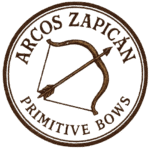The Craft of Traditional Bow Making
By Walter Abelenda – Arcos Zapicán
The creation of a handmade bow is a journey of patience, intuition, and respect for natural materials. It begins with the search for the right wood—a process guided by experience. I look for straight trunks or branches of species like ash, elm, mulberry, or ailanthus, which offer the strength and flexibility needed.
Once selected, the logs are split and the bark is removed to prevent moisture retention. The wood then undergoes a long drying period—often several months—to reduce internal tension and avoid cracking.
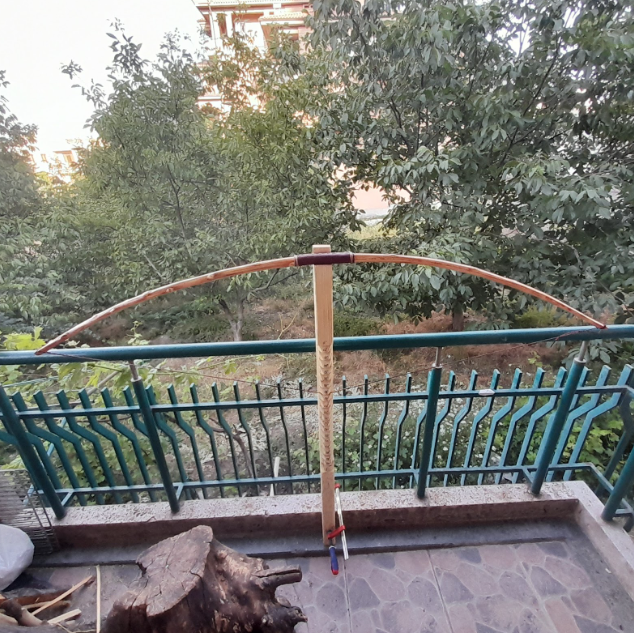
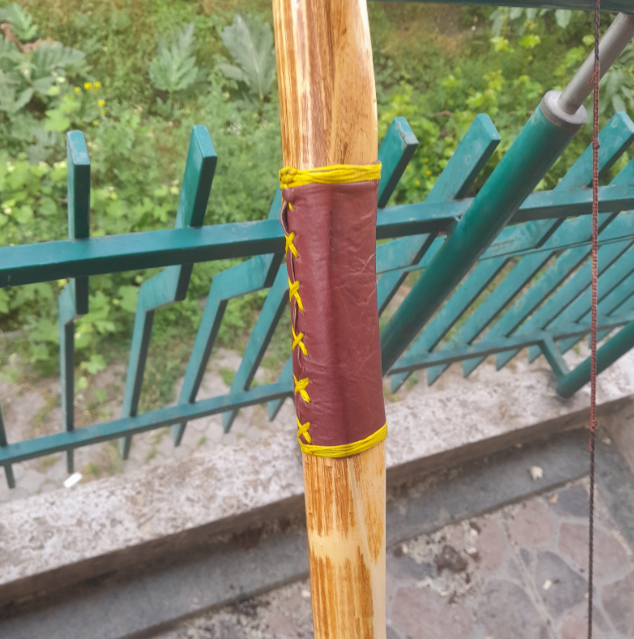
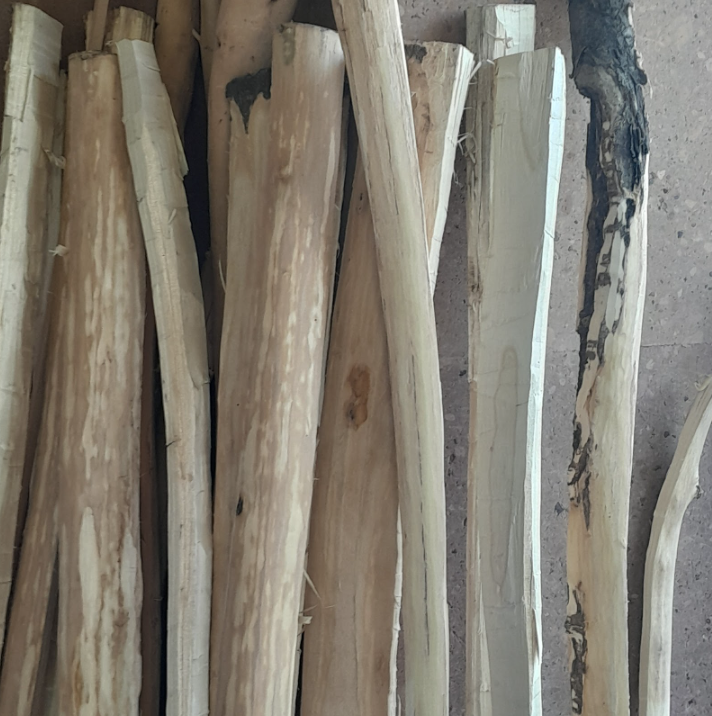
When the wood is ready, I begin the design phase, choosing the bow’s length, shape, and draw weight. Each piece of wood suggests its own possibilities. Using only hand tools—hatchets, drawknives, rasps, and scrapers—I slowly carve the bow, respecting the grain and natural curves.
The tillering process is one of the most delicate steps. I carefully remove wood from the limbs to ensure they bend evenly. This phase can take days and requires constant checking and test draws.
Once balanced, I make the bowstring, traditionally from linen, hemp, or modern synthetic fibers, depending on the bow’s design. The bow is then tested extensively, shot at least 100 times, to check performance and adjust details.
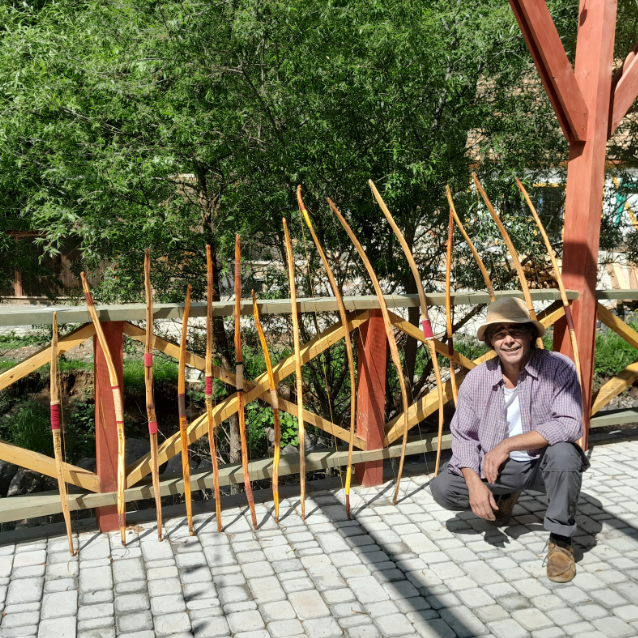

To finish, I protect the bow with natural oils or varnishes, enhancing its beauty and resistance to moisture. I then craft a hand grip using natural materials such as leather, rawhide, or woven fibers, adding comfort and personality.
Each bow is unique—a blend of raw nature, human touch, and ancestral knowledge. It’s not just a weapon or tool, but a living object that holds a story in every curve.
